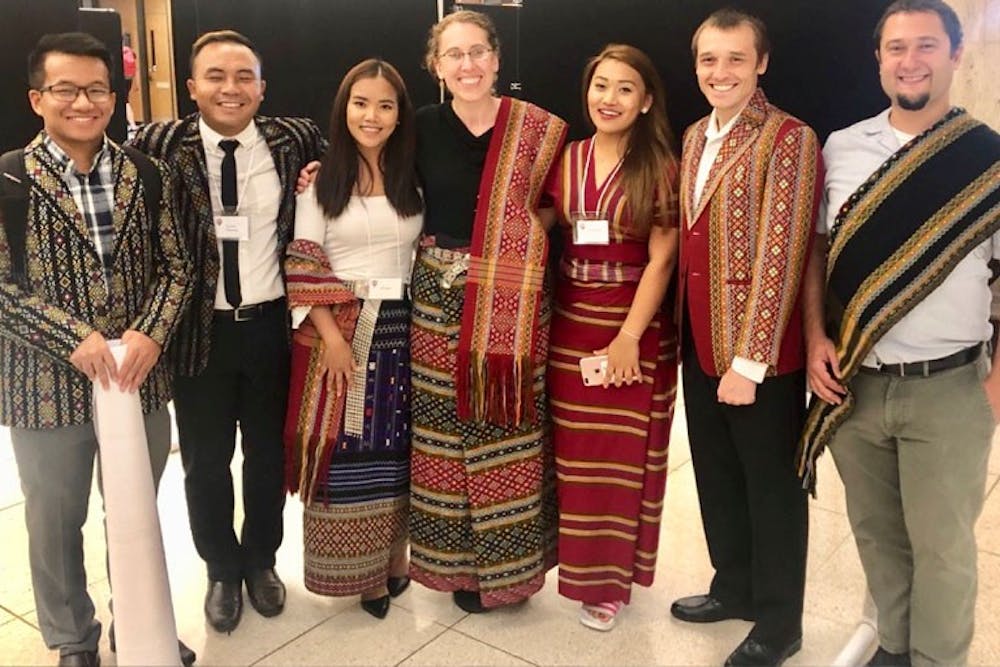Since the end of March, IU undergraduate and graduate linguistics researchers have been translating information about the coronavirus into Hakha Lai, a common language spoken by many from the Chin State of western Myanmar, IU assistant professor of linguistics Kelly Berkson said. The translations are available on the team’s website.
While many health agencies and government offices release information related to COVID-19 prevention and policies such as stay-at-home orders and social distancing, much of this information is available in a limited number of languages, Berkson said. Much of the information released by Gov. Eric Holcolmb’s office, the World Health Organization and the Centers for Disease Control and Prevention is available only in English or other common languages such as French, Spanish and Mandarin.
“There are hundreds or thousands of Chin language speakers right here in Indiana, and materials related to critical topics like the COVID-19 pandemic are needed,” Berkson said.
The research team was alerted to these language disparities by a student in the program who is part of the Chin community in Indianapolis, Berkson said. The student told the team many community members don’t speak or read English, so the team changed its focus from data research on other languages to translating information regarding the coronavirus released by these agencies.
On top of written materials, the researchers are also working to translate videos and infographics. The research program had translated text before the coronavirus outbreak in the U.S., but it had never done medical translations.
Indiana has more than 25,000 immigrants and descendants from Myanmar, Berkson said. Many of these people are from the Chin State in western Myanmar or speak a variety of Chin dialects, called Kuki-Chin languages. Berkson estimated there are between 30 and 50 Kuki-Chin languages spoken in Indianapolis. Berkson said they’re under-resourced or completely undocumented.
She said the team has faced a steep learning curve, but it’s worth it.
“This is new territory for all of us,” Berkson said. “The pandemic is a scary time for everyone, especially for those in vulnerable communities. My students just want to help by providing their community members with critical information, both to prevent fear and so people know how to protect themselves.”
Samson Lotven, a Ph.D. student in the research program, was working on his doctoral dissertation before the coronavirus outbreak. However, like the other researchers, he has put much of his work on hold.
Lotven and other students in the program work closely together with the Burmese and Chin communities in Indianapolis to compile research and reach community members. They work especially closely with Indy Translations, the Burmese American Community Institute and many Chin community churches, he said.
This new path of their project involves research and community outreach, he said. It’s all about listening and understanding community and individual needs while also collecting data and doing research.
“Pushing back my dissertation is nothing if we can provide good health information that will keep people safe,” Lotven said. “I knew this had to take precedence over other things.”




